Revamp Your Garden with These Woodworking Ideas
Are you tired of looking at a dull and uninspired garden? Do you dream of transforming your outdoor space into a beautiful oasis where you can relax and entertain? If so, you’re in the right place! Woodworking projects can breathe new life into your garden, making it not only more aesthetically pleasing but also functional. Imagine sipping your morning coffee on a handcrafted bench or showcasing your vibrant flowers in uniquely designed planter boxes. With a bit of creativity and some basic tools, you can create stunning pieces that will elevate your garden’s charm.
Woodworking allows for endless possibilities in design and functionality. From custom benches to decorative trellises, the right projects can turn your garden into a personal paradise. Not only do these projects enhance the beauty of your outdoor space, but they also provide practical solutions for organizing plants and creating areas for relaxation. Think of your garden as a blank canvas; with woodworking, you can paint it with your unique style and personality.
Let’s dive into some creative woodworking ideas that can help you revamp your garden. Whether you're a seasoned woodworker or just starting out, there’s something for everyone. You can build furniture that invites friends over for a barbecue, planters that make your flowers pop, or even decorative accents that add a touch of elegance. The only limit is your imagination!
So, grab your tools and let’s get started on making your garden the envy of the neighborhood! With each project, you’ll not only enhance your outdoor space but also enjoy the satisfaction of creating something beautiful with your own hands. Ready to explore? Let’s go!
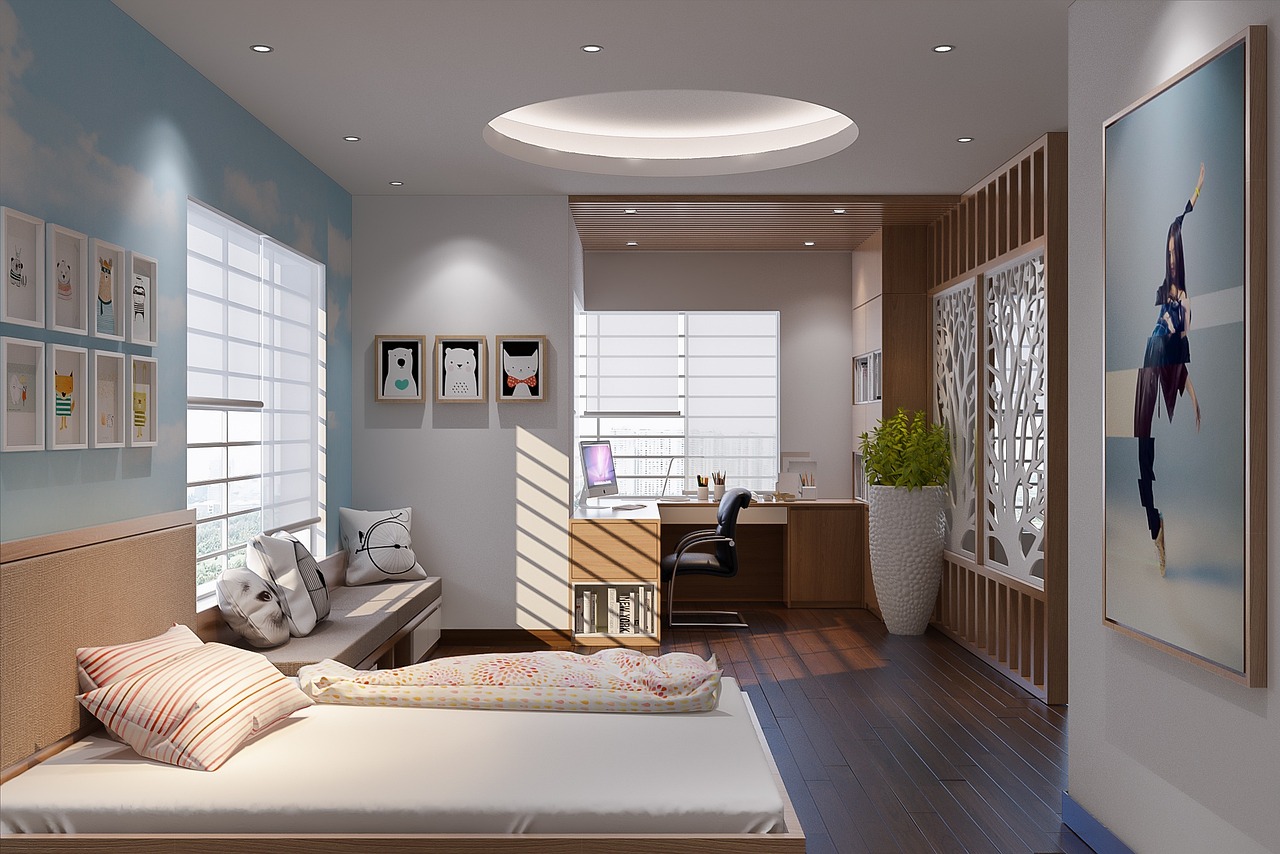
Garden Furniture Creations
When it comes to transforming your outdoor space, garden furniture is a game changer. Imagine sinking into a beautifully crafted bench, sipping your morning coffee while surrounded by nature's beauty. Not only does well-made furniture enhance the aesthetic of your garden, but it also makes your outdoor area a more inviting and functional space for relaxation and entertaining guests. So, let’s dive into some creative woodworking projects that will help you create the perfect garden retreat!
First off, consider building a classic wooden bench. This is not just any bench; think of it as a centerpiece that invites people to sit down and stay awhile. You can customize the design to fit your garden's style—whether it's rustic, modern, or even a whimsical fairy-tale theme. A bench made from durable wood varieties, like cedar or teak, will not only withstand the elements but also develop a lovely patina over time. Plus, you can add cushions for extra comfort and flair!
Next up is the garden table. A sturdy table is essential for hosting outdoor dinners or simply enjoying a meal al fresco. You can opt for a traditional picnic table design or something more elaborate with intricate carvings. The best part? You can create a table that fits your space perfectly. For instance, if you have a small balcony, a foldable table can be an excellent solution, allowing you to maximize your space without sacrificing style.
When it comes to chairs, the options are endless! You can create simple Adirondack chairs for a laid-back vibe or go for elegant dining chairs that match your table. Think about incorporating colorful paints or stains to give your furniture a unique touch. Don’t forget to consider ergonomics; comfortable seating will encourage you and your guests to linger longer. And if you're feeling adventurous, why not try your hand at building a swinging chair? It's a delightful addition that adds a playful element to your garden.
For those who want to take things a step further, consider creating a whole outdoor lounge area. You can build a sectional sofa with weather-resistant cushions, perfect for gathering with friends or enjoying a quiet evening under the stars. To tie the whole space together, add a coffee table made from reclaimed wood, which not only looks stunning but is also environmentally friendly!
Here’s a quick overview of the key elements to consider when creating your garden furniture:
| Furniture Type | Materials | Style Options | Functionality |
|---|---|---|---|
| Bench | Cedar, Teak | Rustic, Modern | Seating, Relaxation |
| Table | Oak, Pine | Picnic, Dining | Dining, Entertaining |
| Chair | Recycled Wood, Metal | Adirondack, Modern | Seating |
| Lounge Area | Composite, Reclaimed Wood | Sectional, Sofa | Gathering, Relaxation |
In summary, crafting your own garden furniture not only adds a personal touch to your outdoor space but also allows you to express your creativity. As you embark on these woodworking projects, remember that the most important aspect is to create a space where you and your loved ones can come together, relax, and enjoy the beauty of nature. So, grab your tools, get inspired, and start building your dream garden furniture today!
- What type of wood is best for outdoor furniture? - Cedar and teak are excellent choices due to their natural resistance to weather and insects.
- How can I maintain my wooden garden furniture? - Regularly clean your furniture and apply a protective sealant to prevent damage from the elements.
- Can I paint my garden furniture? - Absolutely! Just make sure to use outdoor paint that can withstand the weather.
- What tools do I need to build garden furniture? - Basic tools like a saw, drill, and sandpaper will get you started, along with safety gear.
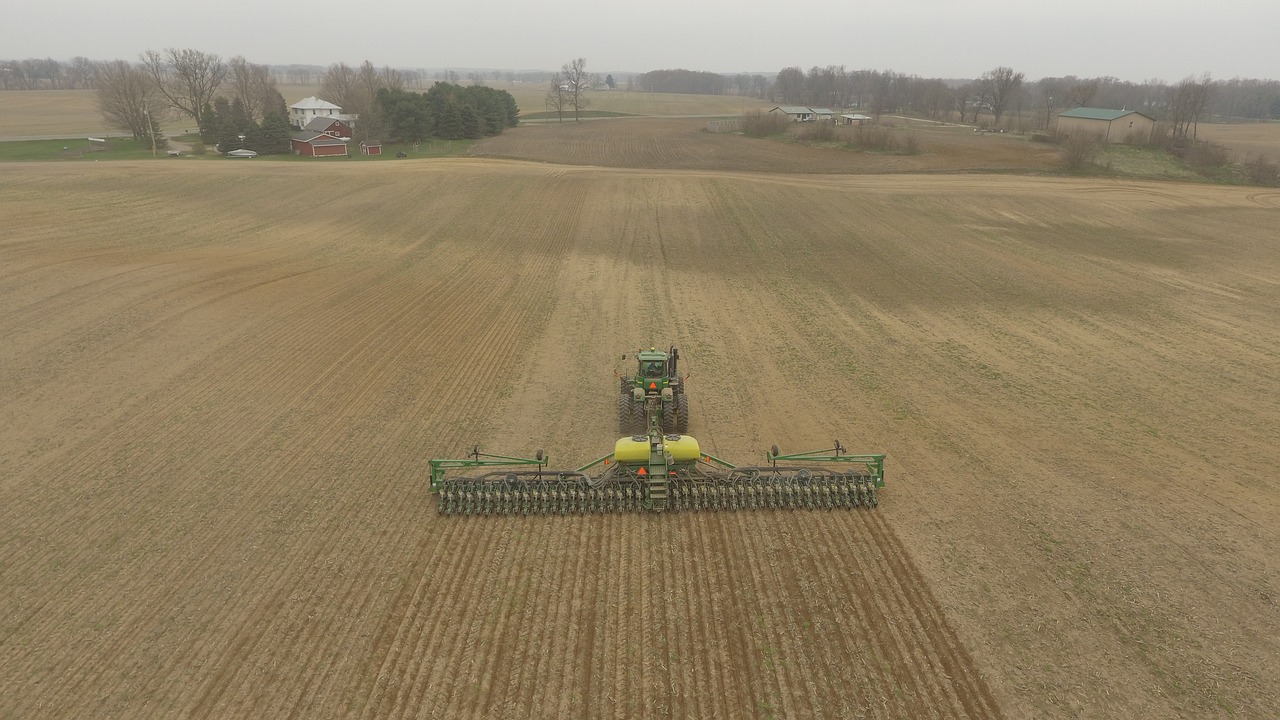
Planter Boxes and Raised Beds
Are you ready to take your gardening game to the next level? Building planter boxes and raised beds is a fantastic way to elevate your garden's aesthetic while also boosting plant growth. Imagine stepping into your backyard and being greeted by vibrant flowers and lush vegetables, all neatly organized in beautifully crafted wooden structures. Not only do these additions enhance the visual appeal of your garden, but they also offer practical benefits that can make gardening easier and more enjoyable.
First off, let's talk about the incredible advantages of using raised beds. They allow for better drainage, which is essential for healthy root development. Additionally, raised beds can help you control the soil quality more effectively. You can fill them with a rich mix of compost and soil, giving your plants the best possible start. Plus, they can be built to a height that reduces strain on your back, making gardening a much more comfortable experience. It’s like having your own little oasis at the perfect working height!
When it comes to planter boxes, the sky’s the limit in terms of design and functionality. You can create simple, rectangular boxes or get creative with unique shapes that reflect your personal style. For instance, consider building a corner planter box that fits snugly in your garden's layout, or even a multi-tiered box that allows for an array of plants in a small footprint. The versatility of planter boxes means you can easily adapt them to suit any space, whether it’s a sprawling backyard or a cozy balcony.
But wait, there's more! One of the best things about planter boxes and raised beds is how they can encourage better plant growth. By elevating your plants, you create a microclimate that can be warmer and more sheltered from harsh weather. This is particularly beneficial for those tender plants that need a little extra love. Imagine having fresh tomatoes or strawberries right at your fingertips, all thanks to your custom-built garden structures!
Now, if you’re wondering how to get started, here are a few key points to keep in mind:
- Choose the Right Location: Make sure your planter boxes and raised beds get adequate sunlight and are easily accessible for watering and harvesting.
- Pick Quality Materials: Use rot-resistant wood, such as cedar or redwood, to ensure your boxes last for years.
- Plan Your Layout: Think about the types of plants you want to grow and how they will fit into your design.
In terms of construction, you don’t need to be a master carpenter to build your own planter boxes or raised beds. With a few basic tools and some quality materials, you can create beautiful and functional additions to your garden. Just remember to take your time with the measurements and cuts, as precision will lead to a more polished final product.
As you embark on this rewarding project, consider incorporating some decorative elements into your design. Adding trellises for climbing plants or even painting your boxes in vibrant colors can add a personal touch that makes your garden truly unique. The possibilities are endless, and the satisfaction of seeing your plants thrive in your handcrafted boxes is unmatched.
Q: What is the best height for raised garden beds?
A: Typically, raised beds are between 12 to 36 inches high. This height allows for easy access while providing ample root space for most plants.
Q: Can I use treated wood for planter boxes?
A: It’s generally recommended to avoid treated wood for food gardens due to potential chemical leaching. Opt for untreated, rot-resistant woods instead.
Q: How deep should a raised bed be for vegetables?
A: A depth of at least 12 inches is ideal for most vegetables, though deeper beds can accommodate larger root systems.
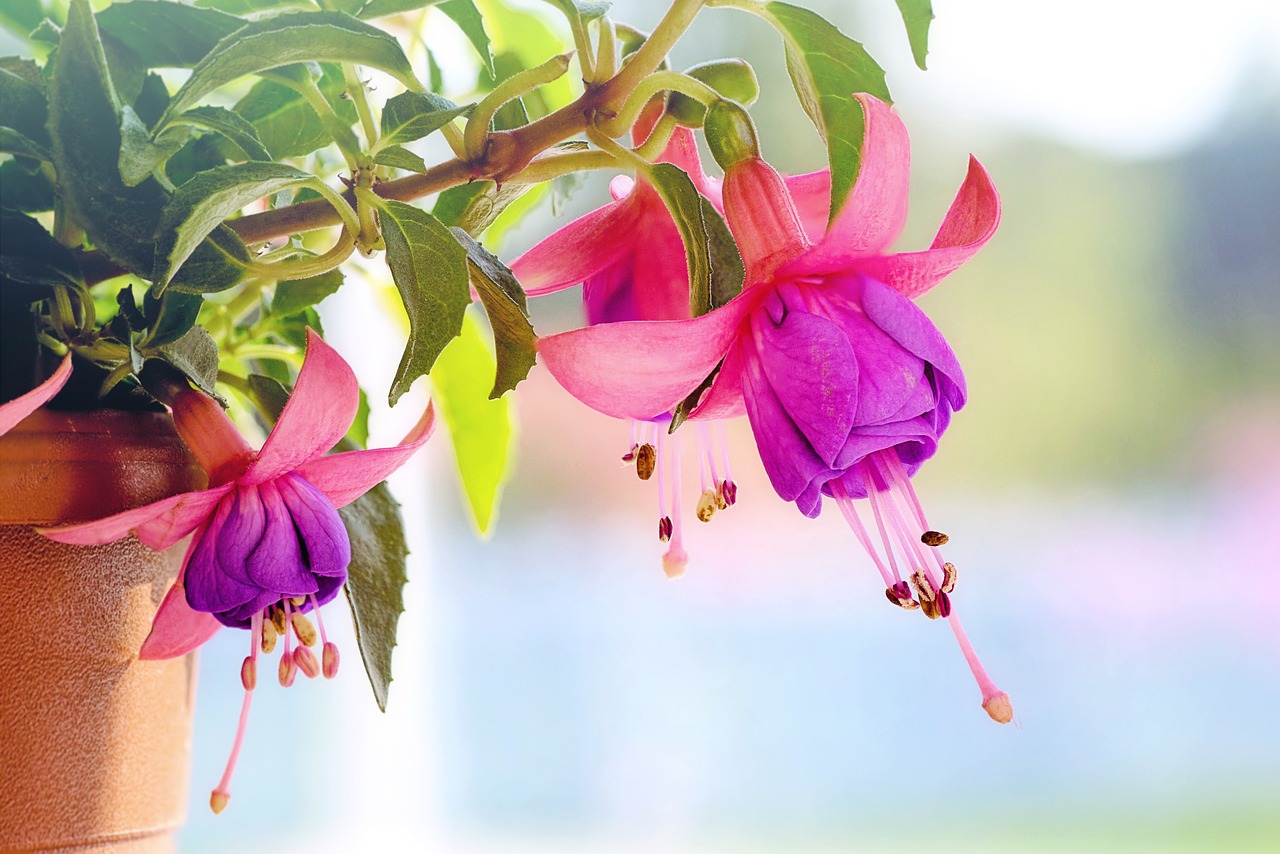
Vertical Gardening Solutions
Have you ever felt like your garden is just too small to accommodate all the plants you want to grow? You’re not alone! Many gardeners struggle with limited space, but here’s where come into play. Imagine transforming your compact outdoor area into a lush, vibrant paradise without taking up much ground space. By utilizing vertical structures, you can create stunning displays of flowers and vegetables that not only maximize your planting area but also add a unique aesthetic to your garden.
One exciting way to achieve this is by building wooden trellises. These structures can support climbing plants like tomatoes, cucumbers, and various flowering vines. Not only do they allow your plants to grow upwards, but they also create a beautiful backdrop that draws the eye. Plus, trellises can be tailored to fit your garden's style—whether you prefer a rustic look or something more modern, the options are endless!
Another fantastic option is to create wall-mounted planters. These are perfect for those who want to add greenery to walls or fences without taking up valuable ground space. You can use reclaimed wood for a charming, eco-friendly look, or opt for sleek, contemporary designs. The best part? Wall-mounted planters can be arranged in various patterns to create a stunning visual effect. Imagine a cascade of colorful flowers or fragrant herbs right at eye level!
Don’t forget about tiered planter stands! These multi-level platforms allow you to organize your plants in a visually appealing manner, making it easier to care for them. Not only do they save space, but they also provide an opportunity to showcase a variety of species. You can mix and match flowers, herbs, and even small vegetables to create a lively display. The tiered design ensures that each plant gets the right amount of sunlight while making it easy for you to access them for watering and harvesting.
To give you a clearer picture of how these vertical gardening solutions can work for you, here’s a simple comparison table:
| Vertical Solution | Benefits | Ideal Plants |
|---|---|---|
| Wooden Trellises | Supports climbing plants, adds height to garden | Tomatoes, beans, flowering vines |
| Wall-Mounted Planters | Maximizes wall space, decorative | Herbs, succulents, small flowers |
| Tiered Planter Stands | Organizes plants, easy access | Variety of flowers, herbs, small veggies |
Incorporating these vertical gardening solutions into your outdoor space not only enhances its functionality but also adds a touch of creativity and style. Imagine sipping your morning coffee surrounded by cascading flowers or fresh herbs just a reach away! So, why not take the plunge? Embrace the vertical gardening trend and watch your small space flourish into a breathtaking garden that you can be proud of.
Q: What types of plants are best for vertical gardening?
A: Climbing plants like peas, beans, and tomatoes work well, as do herbs and smaller flowers like petunias and pansies.
Q: Can I use any type of wood for my vertical structures?
A: It's best to use rot-resistant wood such as cedar or redwood for outdoor projects to ensure durability.
Q: How much sunlight do vertical gardens need?
A: Most plants thrive with at least 6 hours of sunlight, so position your vertical garden accordingly!
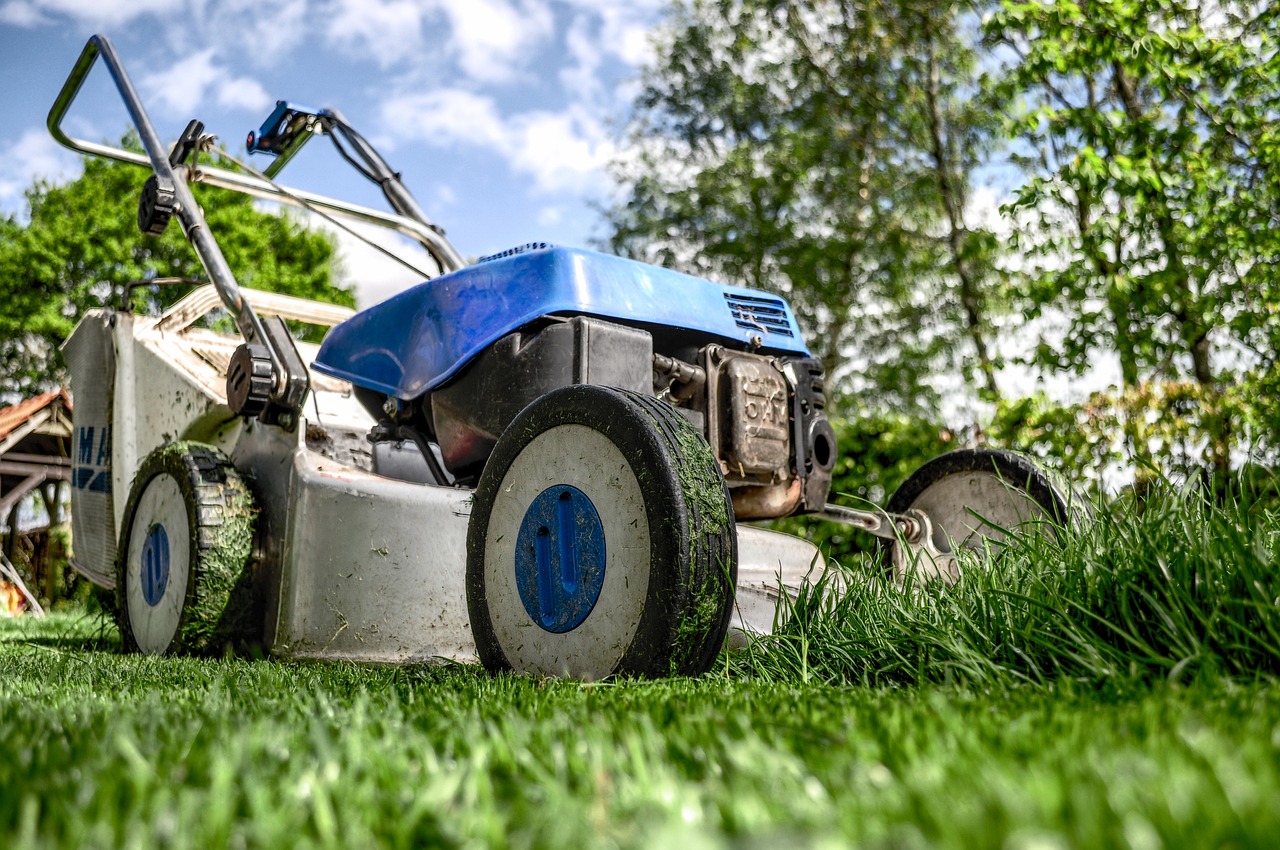
Wall-Mounted Planters
Wall-mounted planters are a fantastic way to bring life and color to your outdoor space without taking up valuable ground space. Imagine transforming a dull wall into a vibrant vertical garden filled with your favorite herbs, flowers, or even vegetables! These planters not only serve a practical purpose but also add a unique aesthetic appeal to your garden or patio. They are perfect for small spaces where traditional gardening might be a challenge. Plus, they can be a stunning focal point that draws the eye and sparks conversation.
Creating wall-mounted planters is easier than you might think! You can use a variety of materials, including reclaimed wood, metal, or even plastic. The key is to choose a design that complements your existing garden theme. For instance, if you have a rustic garden, consider using weathered wood for a charming, vintage look. On the other hand, if your style leans more modern, sleek metal planters can add a contemporary touch.
To get started, you’ll need to consider a few important factors:
- Location: Choose a wall that gets adequate sunlight, as most plants thrive with at least six hours of sunlight daily.
- Drainage: Ensure that your planters have proper drainage holes to prevent water from pooling, which can lead to root rot.
- Weight: Consider the weight of the planters when filled with soil and plants; make sure your wall can support them.
Once you’ve selected your materials and location, it’s time to design your wall-mounted planters! You can opt for simple boxes or create more complex designs, like tiered planters or even a living wall. If you’re feeling adventurous, try mixing different types of planters to create a visually appealing arrangement. The beauty of wall-mounted planters is that you can easily change up the plants seasonally, allowing you to keep your garden fresh and exciting all year round.
Here’s a quick overview of some popular designs for wall-mounted planters:
| Design | Description |
|---|---|
| Vertical Garden | A series of planters arranged vertically to create a lush, green wall. |
| Hanging Baskets | Planters that hang from the wall, perfect for trailing plants. |
| Wooden Boxes | Simple wooden boxes mounted directly onto the wall for a rustic look. |
| Metal Grids | Use a metal grid to attach small pots, providing a modern and industrial feel. |
Incorporating wall-mounted planters into your garden not only maximizes your space but also allows you to express your creativity. Whether you’re growing fresh herbs for your kitchen or colorful blooms to attract pollinators, these planters can enhance your outdoor experience. So why not grab your tools and get started on this exciting project? Your garden will thank you!
Q: What types of plants work best in wall-mounted planters?
A: Herbs like basil and thyme, trailing plants like ivy, and small flowering plants such as pansies or petunias are great choices.
Q: How do I ensure my wall-mounted planters have proper drainage?
A: Make sure your planters have drainage holes and consider adding a layer of gravel at the bottom before filling them with soil.
Q: Can I use wall-mounted planters indoors?
A: Absolutely! Just ensure they are placed in a location with enough light and that you monitor their watering needs closely.
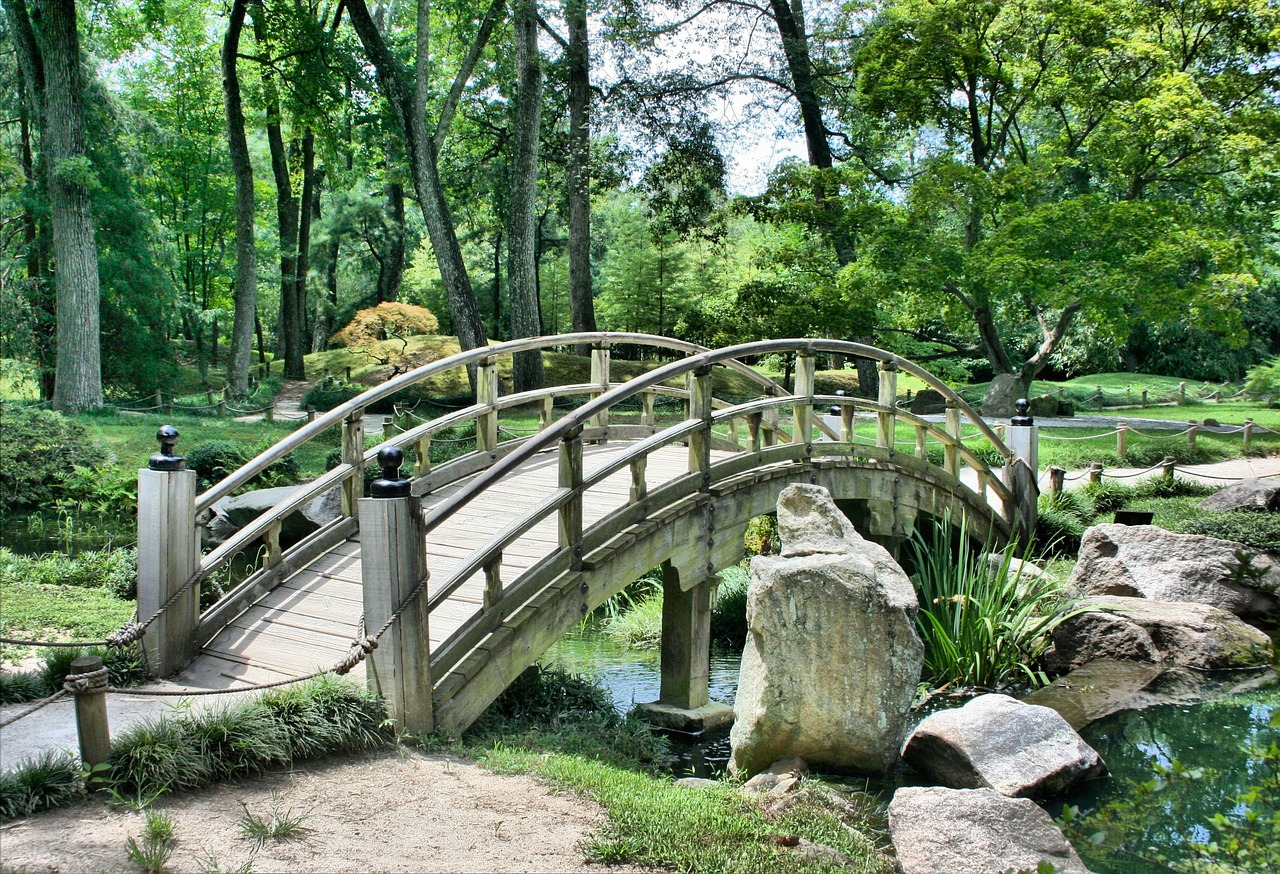
Tiered Planter Stands
When it comes to maximizing your garden space, are nothing short of a game-changer. Imagine a beautiful, multi-level structure that not only organizes your plants but also adds an artistic flair to your outdoor area. These stands are perfect for those who want to grow a variety of herbs, flowers, or even vegetables without taking up too much ground space. They allow you to showcase your plants in a way that’s both functional and visually appealing, creating a stunning display that can become the centerpiece of your garden.
Building a tiered planter stand can be a fun and rewarding project for both novice and experienced woodworkers. The beauty of these stands lies in their versatility; you can customize them to fit any size or style of garden. Plus, they can be made from a variety of materials, although wood is often preferred for its natural aesthetic. Using reclaimed wood not only adds character but also promotes sustainability, making your garden stand a conversation starter!
Here’s a simple breakdown of the benefits of tiered planter stands:
- Space Saving: Perfect for small gardens or patios, tiered stands utilize vertical space efficiently.
- Accessibility: With multiple levels, it’s easier to tend to your plants without bending down too much.
- Visual Appeal: They create a layered look that adds depth and interest to your garden design.
- Improved Drainage: Elevating plants can help with drainage, reducing the risk of root rot.
When designing your tiered planter stand, consider the following dimensions and materials:
| Level | Height (inches) | Width (inches) | Material |
|---|---|---|---|
| Top Level | 30 | 24 | Reclaimed Wood |
| Middle Level | 24 | 30 | Cedar |
| Bottom Level | 18 | 36 | Pine |
As you embark on this woodworking adventure, remember that the design is entirely up to you! You can create a rustic look with rough-hewn wood or opt for a sleek, modern finish. Adding wheels can also make it easier to move your planter stand around your space, allowing you to catch the sun or move it out of the way during bad weather.
In conclusion, tiered planter stands are more than just a practical solution for limited gardening space; they are a fantastic way to express your creativity and enhance the beauty of your garden. So, grab your tools, unleash your inner craftsman, and let your garden bloom in style!
Q: What type of wood is best for building a tiered planter stand?
A: Cedar and redwood are great choices due to their natural resistance to rot. However, reclaimed wood can also add a unique character to your stand.
Q: How do I ensure proper drainage for my plants?
A: Make sure to drill holes in the bottom of each planter box to allow excess water to escape, preventing root rot.
Q: Can I paint or stain my tiered planter stand?
A: Absolutely! Just make sure to use non-toxic paints or stains to keep your plants safe.
Q: How can I secure my tiered planter stand?
A: If you're in a windy area, consider anchoring the stand to the ground or using heavier materials at the base for stability.
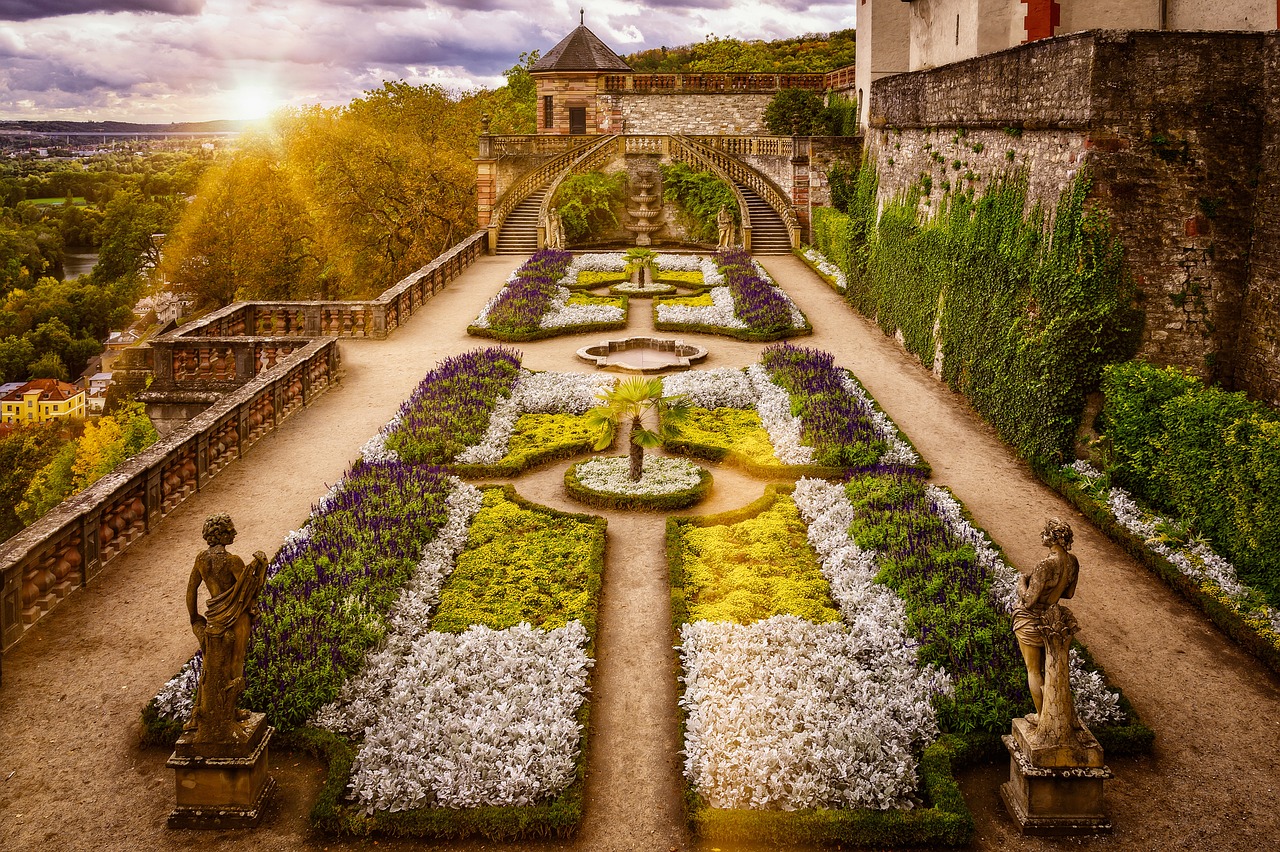
Garden Pathways and Borders
Creating is like laying down the welcome mat for your outdoor space. Imagine stepping into a garden where the paths guide you through a tapestry of colors and scents, making each visit feel like an adventure. Not only do these elements enhance the aesthetic appeal of your garden, but they also serve a practical purpose by defining spaces and improving accessibility. Think of pathways as the veins of your garden, directing the flow of movement while adding structure and style.
When designing your pathways, consider using materials that complement your garden's overall theme. Whether you choose rustic wooden planks, smooth stones, or even recycled bricks, the options are endless. Each material brings its own character and can transform the feel of your outdoor space. For instance, wooden pathways evoke a cozy, natural vibe, while stone paths can lend a more sophisticated touch. You can mix and match materials for a more eclectic look, which can be a fun way to express your personality in your garden design.
To build a pathway, start by planning the layout. A winding path can create a sense of mystery, inviting visitors to explore every corner of your garden. Alternatively, straight paths can offer a more formal appearance. Whichever style you choose, ensure that the pathway is wide enough for comfortable walking. Typically, a width of about 3 feet is ideal, allowing two people to walk side by side. Once you have your layout, mark the edges and consider using a border to define the pathway further. Borders can be made from various materials, such as bricks, stones, or even low-growing plants that create a natural boundary.
Incorporating borders is not just about aesthetics; they serve practical purposes too. A well-defined border can help keep mulch and soil in place, preventing erosion and maintaining the integrity of your garden beds. Additionally, borders can provide a home for low-maintenance plants or flowers, adding a splash of color and texture. Some popular choices for border plants include:
- Lavender – Its fragrant blooms not only look beautiful but also attract pollinators.
- Hostas – Perfect for shady areas, they add lush greenery and can be quite dramatic.
- Boxwood – These evergreen shrubs can be shaped into neat hedges, providing a classic look.
When it comes to maintenance, pathways and borders require some love too. Regularly check for weeds that may creep into your borders and pathways, as they can detract from the overall beauty of your garden. A quick pull here and there can keep your space looking pristine. Additionally, consider adding mulch along the edges of your pathways to suppress weeds and retain moisture in the soil.
In conclusion, garden pathways and borders are essential elements that not only enhance the beauty of your outdoor space but also improve its functionality. They guide visitors, define spaces, and can even highlight your favorite plants. So, roll up your sleeves and get creative! Your garden deserves a path that tells a story, invites exploration, and showcases your unique style.
Q: What materials are best for garden pathways?
A: The best materials for garden pathways depend on your garden's style and budget. Common choices include gravel, stone, wood, and bricks. Each material offers its own aesthetic and functionality, so consider what fits best with your overall design.
Q: How do I maintain my garden pathways?
A: Regular maintenance includes checking for weeds, replenishing mulch, and repairing any damaged areas. Keeping pathways clear of debris will also ensure they remain safe and inviting.
Q: Can I create a pathway in a small garden?
A: Absolutely! In small gardens, consider using narrower pathways and vertical elements to maximize space. A winding path can create an illusion of depth, making your garden feel larger.
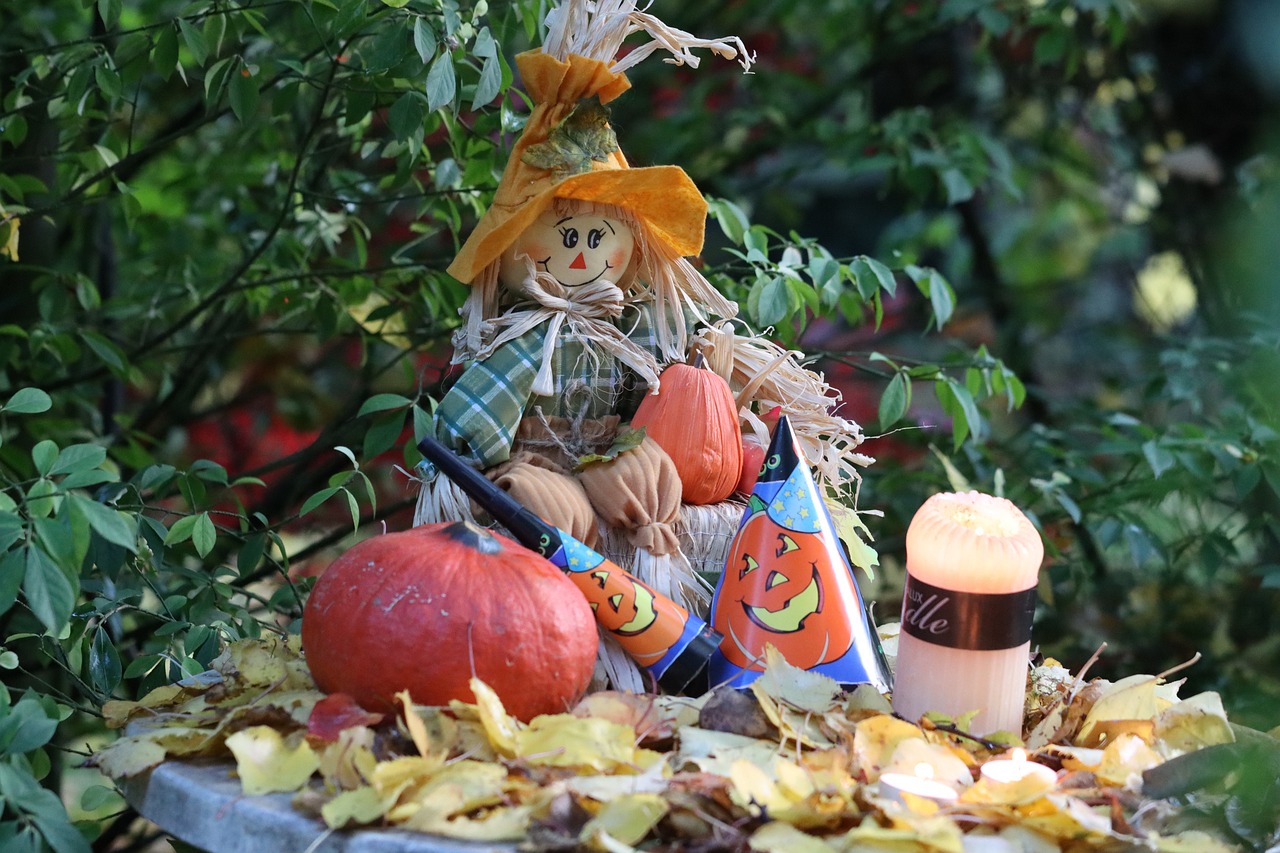
Decorative Garden Accents
When it comes to making your garden a true reflection of your personality, play a pivotal role. These accents not only enhance the visual appeal of your outdoor space but also add a touch of charm and character. Imagine stepping into your garden and being greeted by beautiful trellises adorned with climbing vines, or a stunning arbor that invites you to explore further. These elements can transform a simple garden into a breathtaking oasis.
One of the most exciting aspects of creating decorative accents is the endless possibilities for customization. You have the freedom to choose materials, colors, and designs that resonate with your style. For instance, a rustic wooden trellis can provide a natural look, while a sleek metal design can offer a modern twist. The key is to envision how each piece will harmonize with the existing elements in your garden.
Let's delve deeper into some specific projects that can elevate your garden's aesthetic:
- Custom Trellises: These structures not only support your climbing plants but also serve as stunning focal points. You can create trellises in various shapes and sizes, allowing you to showcase flowers like roses or vegetables like peas in style.
- Garden Sculptures: Adding unique wooden sculptures can dramatically enhance the beauty of your outdoor space. Whether it’s a whimsical fairy or an abstract piece, these sculptures can reflect your personal style and spark conversations.
- Arbors: An arbor can serve as a beautiful entryway into your garden. It can be adorned with flowering vines, creating a picturesque scene that invites visitors to explore.
Furthermore, the placement of these decorative accents is crucial. For example, a trellis positioned near a seating area can create a cozy nook filled with fragrant flowers. Similarly, a sculpture placed at the end of a pathway can serve as a delightful surprise for those wandering through your garden. It's all about creating a flow that guides the eye and invites exploration.
Don't forget about the power of lighting! Incorporating lights into your decorative accents can create a magical ambiance in the evenings. Imagine soft fairy lights twinkling around your trellis or spotlights illuminating a stunning sculpture. This not only enhances the beauty of your garden but also allows you to enjoy it even after the sun goes down.
In conclusion, decorative garden accents are more than just embellishments; they are opportunities to express your creativity and style. By thoughtfully selecting and placing these elements, you can create an outdoor space that is not only beautiful but also uniquely yours. So, roll up your sleeves and let your imagination run wild—your garden is waiting to be transformed!
Q: What materials are best for creating garden accents?
A: The best materials depend on your style and the climate of your area. Common choices include wood, metal, and stone. Each offers unique benefits—wood provides a natural look, metal can withstand harsh weather, and stone adds durability.
Q: How can I maintain my wooden garden accents?
A: Regular maintenance involves cleaning, sanding, and applying a protective sealant to prevent rot and weather damage. It’s advisable to inspect your accents at least once a year.
Q: Can I create garden accents on a budget?
A: Absolutely! Many decorative elements can be made from reclaimed materials or even DIY projects using affordable supplies. Creativity is key!
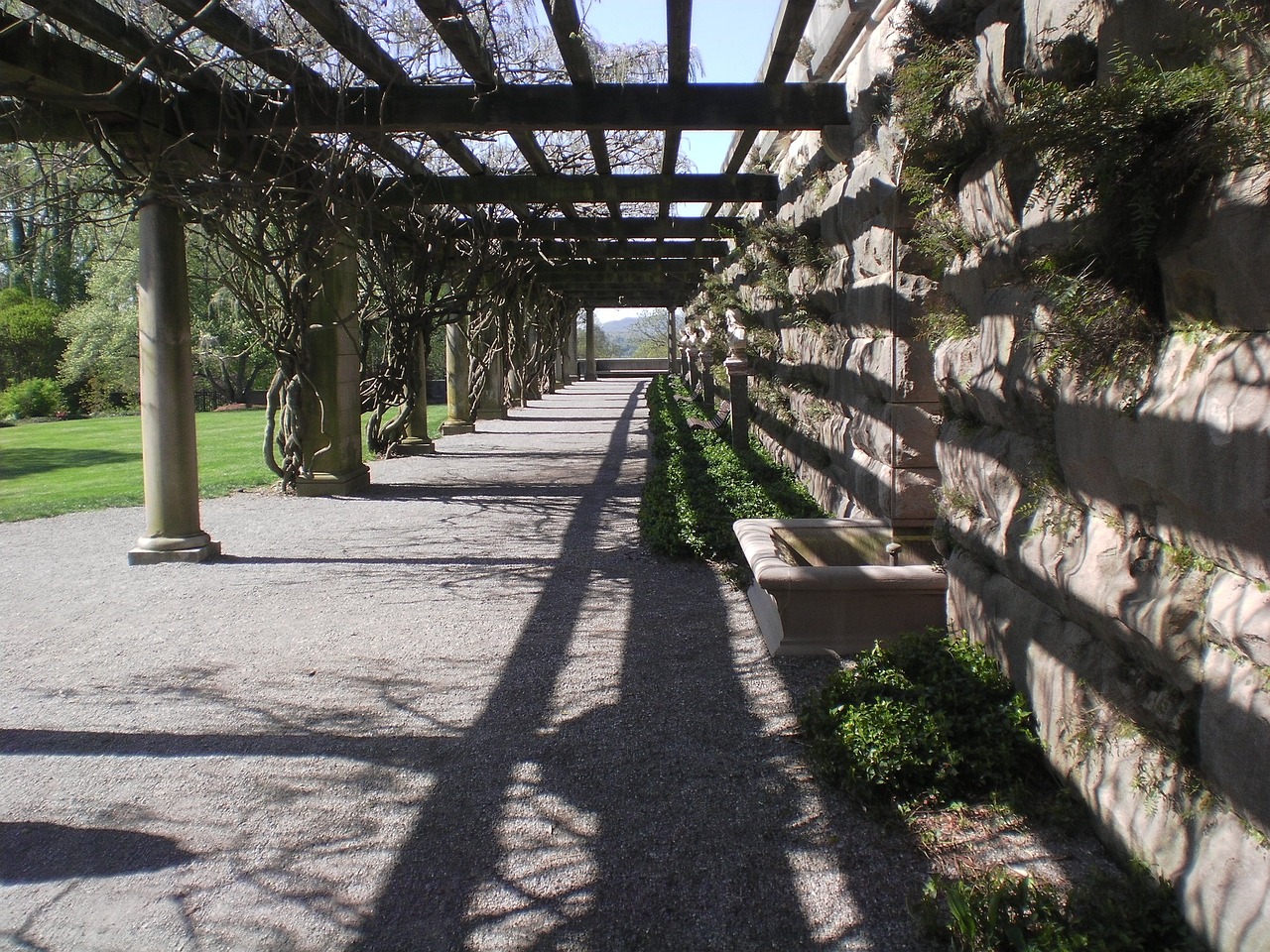
Custom Trellises
When it comes to enhancing the beauty of your garden, are a fantastic choice. They serve not only as a support structure for climbing plants but also as a stunning focal point that can draw the eye and add charm to your outdoor space. Imagine walking through your garden and being greeted by vibrant flowers cascading over a beautifully crafted wooden trellis. It’s like a living piece of art! But how do you go about creating one?
First, consider the design of your trellis. You can go for a simple, classic look with a rectangular shape or something more intricate, like an archway or a fan design. The possibilities are endless! The key is to select a design that complements the style of your garden. For instance, a rustic wooden trellis would pair beautifully with a cottage garden, while a sleek, modern trellis might be perfect for a contemporary landscape.
Next, let’s talk about materials. While wood is the most common choice for trellises, you can also experiment with other materials like metal or bamboo. Each material offers a unique aesthetic and can affect the overall feel of your garden. For a wooden trellis, choose rot-resistant woods like cedar or redwood for durability. You want something that will withstand the elements and keep your plants thriving.
Once you have your design and materials in mind, the construction process can begin. Here’s a simple step-by-step guide to building your own custom trellis:
- Measure and Cut: Start by measuring the area where you want to place your trellis. Cut your wood to the desired lengths, ensuring you have enough pieces for both the frame and any cross supports.
- Assemble the Frame: Using wood screws or nails, assemble the frame of your trellis. Make sure it’s sturdy enough to support the weight of the plants you intend to grow.
- Add Cross Supports: Depending on your design, add horizontal or diagonal cross supports to create a grid for climbing plants.
- Finish and Treat: Sand down any rough edges and apply a weatherproof sealant or paint to protect your trellis from the elements.
- Install: Finally, secure your trellis into the ground or against a wall, ensuring it’s stable and ready for your plants.
After your trellis is built, it’s time to plant! Choose climbing plants that will thrive in your garden’s conditions. Vines like clematis, morning glory, or even grapes can create a stunning display as they weave their way up the trellis. Not only will these plants beautify your space, but they will also provide shade and privacy, making your garden a more enjoyable retreat.
In addition to their aesthetic appeal, custom trellises can also serve practical purposes. They can act as a natural privacy screen, block unsightly views, or even provide support for vegetables like peas and beans. The versatility of trellises makes them a valuable addition to any garden, allowing you to express your creativity while enhancing functionality.
Lastly, don’t forget to maintain your trellis and the plants that adorn it. Regular pruning and training of your climbing plants will help them grow healthily and keep your trellis looking its best. With a little effort, your custom trellis will not only enhance the beauty of your garden but also become a cherished part of your outdoor sanctuary.
- What type of wood is best for trellises? Cedar and redwood are excellent choices due to their natural resistance to rot and insects.
- How tall should a trellis be? The height of your trellis depends on the plants you choose to grow. Typically, a height of 6 to 8 feet works well for most climbing plants.
- Can I use a trellis for vegetables? Absolutely! Many vegetables, like cucumbers and peas, thrive when grown on a trellis.
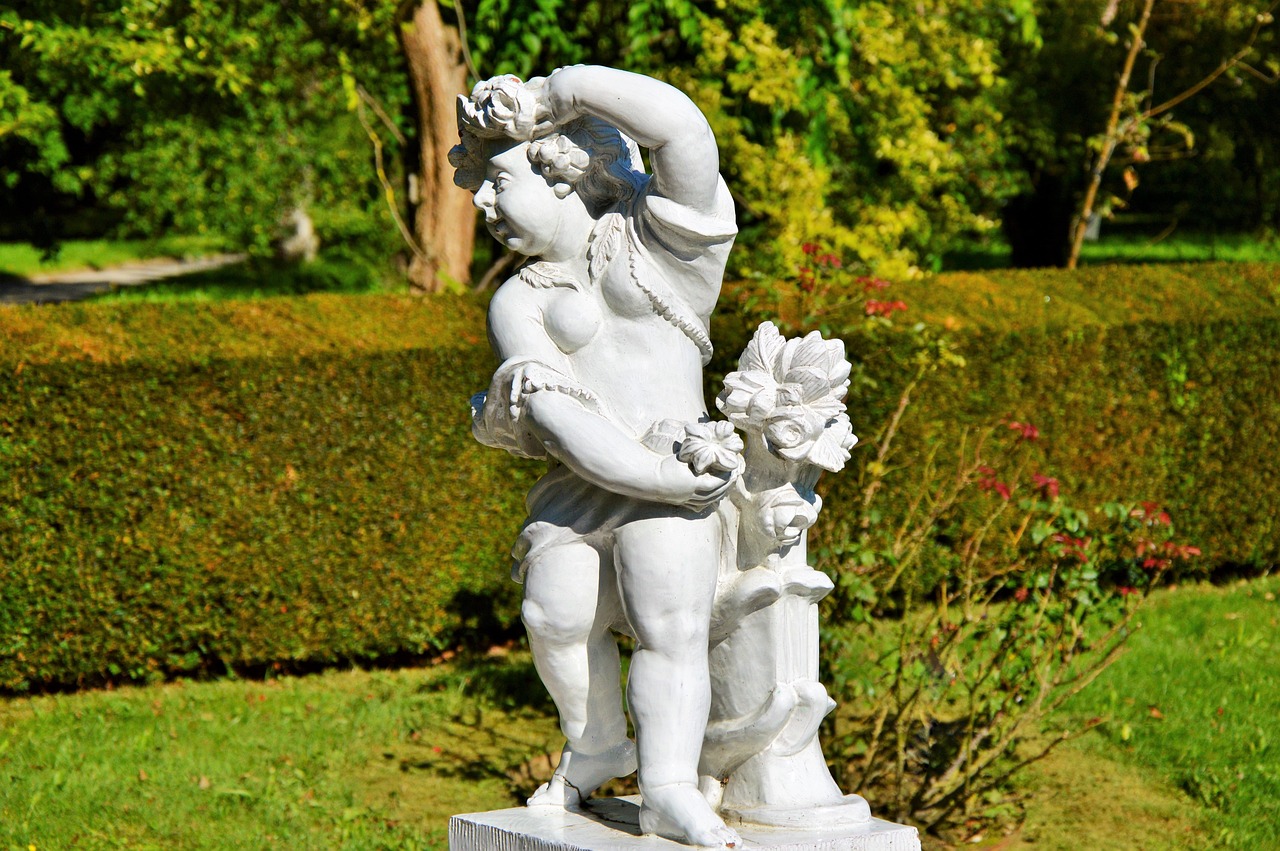
Garden Sculptures and Art
When it comes to transforming your garden into a personal oasis, play a pivotal role in adding that touch of charm and personality. Imagine walking through your garden and being greeted by a stunning wooden owl perched on a tree stump, or a whimsical fairy house nestled among the flowers. These artistic elements not only enhance the visual appeal but also tell a story, reflecting your unique style and creativity.
Creating your own garden sculptures can be an incredibly rewarding experience. You don't need to be a master craftsman; even simple designs can make a big impact. For instance, consider crafting a wooden birdhouse that doubles as a functional art piece. You can paint it in vibrant colors or leave it natural for a rustic look. Not only will it attract feathered friends, but it will also serve as a delightful focal point in your garden.
Another idea is to create abstract wooden sculptures that can stand freely among your plants. These can be geometric shapes or more organic forms that mimic nature. The beauty of abstract art is that it invites interpretation, making your garden a conversation starter. You might even consider using reclaimed wood for a more eco-friendly approach, giving new life to materials that might otherwise go to waste.
In addition to sculptures, think about incorporating garden art installations. This could be anything from a series of wooden panels with intricate carvings to a kinetic sculpture that moves with the wind. The key is to choose designs that resonate with you and fit the overall theme of your garden. If you’re feeling adventurous, why not try your hand at creating a wooden wind chime? The soft sounds it produces can add a serene quality to your outdoor space.
For those who prefer a more structured approach, consider creating a themed garden area with specific sculptures that complement each other. For example, a fairy tale theme could include whimsical characters and storybook elements, while a nature theme might incorporate animal sculptures and natural forms. This not only adds depth to your garden but also creates a cohesive design that can be enjoyed from various angles.
Moreover, the placement of your sculptures is crucial. Position them in a way that they catch the eye but also blend harmoniously with the surrounding plants. You might want to create a small clearing where a larger sculpture can stand out, or group smaller pieces together to form a gallery-like effect. The interplay of light and shadow on these pieces throughout the day can also create a dynamic visual experience.
Finally, don’t forget about the maintenance aspect. Wooden sculptures may require occasional treatments to protect them from the elements. A good quality wood sealant can extend their life and keep them looking vibrant. Regularly check for any signs of wear and tear, and don’t hesitate to refresh the paint or finish when needed.
- What type of wood is best for outdoor sculptures? - Cedar and redwood are excellent choices due to their natural resistance to decay.
- How can I protect my wooden sculptures from weather damage? - Applying a high-quality sealant will help protect your sculptures from moisture and UV rays.
- Can I use recycled materials for my garden art? - Absolutely! Reclaimed wood and other materials can add character and an eco-friendly touch to your sculptures.
- What tools do I need to create my own garden sculptures? - Basic woodworking tools such as saws, drills, and sanders are typically sufficient for most projects.
Frequently Asked Questions
- What woodworking projects can I start to enhance my garden?
You can kick off your garden transformation by building garden furniture like benches and tables, or even creating planter boxes and raised beds. These projects not only beautify your space but also improve functionality, making your garden a perfect spot for relaxation and entertainment.
- How do I build a raised garden bed?
To construct a raised garden bed, you’ll need some durable wood, like cedar or redwood, to resist rot. Start by deciding on the size, then cut your wood to size and assemble the frame using screws. Fill it with quality soil, and you’re ready to plant! It’s like giving your plants a luxury apartment!
- What are the benefits of vertical gardening?
Vertical gardening maximizes your space and adds a stunning visual element to your garden. It’s perfect for small areas, allowing you to grow a variety of plants without taking up too much ground. Think of it as stacking your favorite books; you get more variety without needing a bigger shelf!
- Can I create wall-mounted planters?
Absolutely! Wall-mounted planters are a fantastic way to save space while showcasing your favorite plants. Simply choose a sturdy wall, attach your planters securely, and fill them with herbs or flowers. It’s like bringing the beauty of a garden right to your walls!
- What materials are best for garden furniture?
When it comes to garden furniture, opt for weather-resistant materials like teak, cedar, or treated pine. These woods can withstand the elements while providing a warm and inviting look. Just like a good pair of outdoor shoes, the right material will keep your furniture looking great season after season!
- How can I add decorative accents to my garden?
Consider building custom trellises, arbors, or even unique sculptures. These decorative pieces can serve as focal points and reflect your personal style. It’s like adding accessories to an outfit; they can elevate your garden from ordinary to extraordinary!
- What tools do I need for woodworking projects?
For basic woodworking projects, you’ll need essential tools like a saw, drill, measuring tape, and a level. If you want to get fancy, a sander and a jigsaw can help refine your creations. Think of these tools as your garden's best friends, helping you bring your creative visions to life!
- Are there any safety tips for woodworking?
Absolutely! Always wear safety goggles and gloves, and ensure your workspace is clear of clutter. It’s important to be cautious with sharp tools and heavy materials. Safety first, so you can enjoy your beautiful garden without a hitch!



















